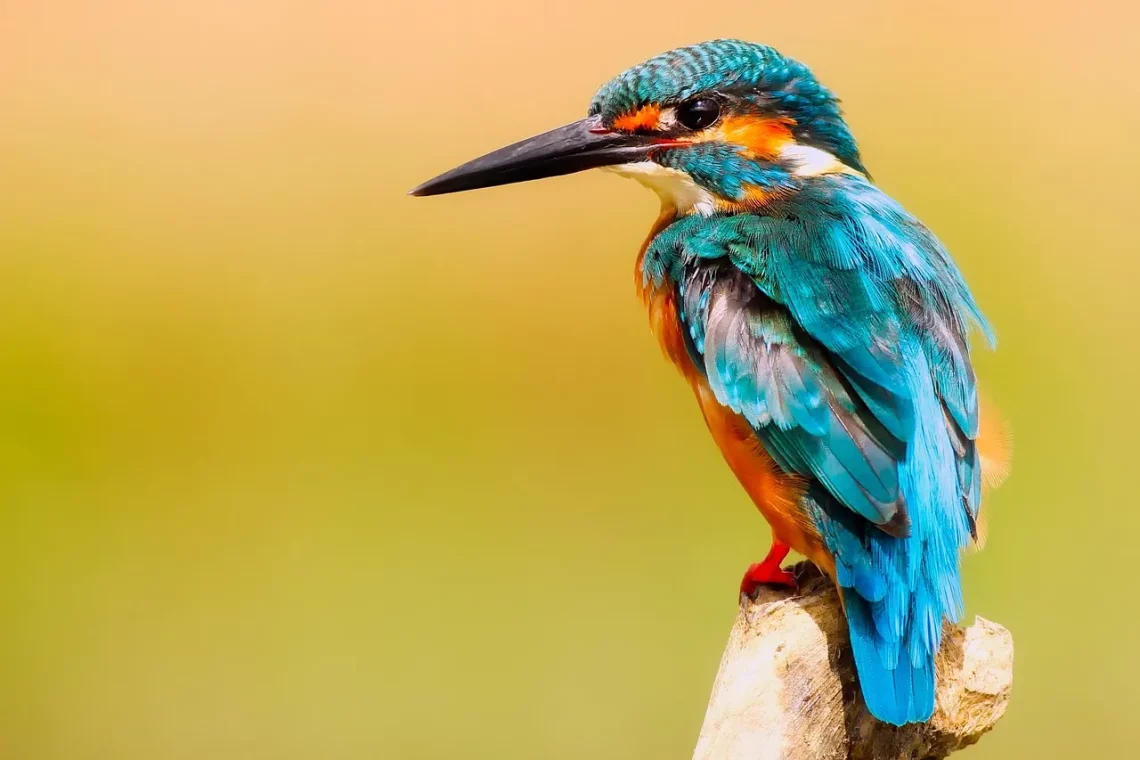
Understanding the Conversion of Bird Years to Human Years
Understanding the Conversion of Bird Years to Human Years
Birds are fascinating creatures that have captured human imagination for centuries. Their ability to soar through the sky, their diverse colors and patterns, and their unique behaviors make them a subject of interest for both casual observers and avid birdwatchers. Yet, despite their prominence in our world, many people are unaware of the complexities behind their life cycles, particularly when it comes to age. Unlike humans, birds age in a way that is not directly comparable to our own lifespan. Understanding how to convert bird years into human years can provide valuable insights into their biology, behavior, and care needs, especially for pet owners and wildlife enthusiasts.
The concept of “years” differs significantly between species. For example, a small parakeet may reach maturity in just a few months, while larger birds like macaws can take several years to do so. Similarly, the lifespan of birds varies widely, with some species living only a few years, while others can live for decades. This discrepancy complicates the process of understanding how old a bird is in relation to a human’s age. Moreover, factors such as genetics, environment, and diet play crucial roles in determining a bird’s longevity. By delving into the nuances of bird aging, we can gain a deeper appreciation for these remarkable creatures and provide better care for them.
Understanding Bird Lifespans
Bird lifespans can be astonishingly diverse, reflecting the vast array of species that exist in nature. On average, smaller birds tend to have shorter lives, often ranging from 5 to 10 years. For instance, species like finches and canaries typically fall into this category. In contrast, larger birds—such as parrots and eagles—can live much longer, with some species reaching ages of 50 years or more.
Several factors influence these lifespan variations. Genetics plays a significant role; certain species are simply predisposed to longer lives due to their evolutionary adaptations. Environmental factors also come into play. Birds living in the wild face numerous challenges, including predation, food scarcity, and habitat loss, which can significantly reduce their lifespans. Conversely, birds kept as pets often have a more controlled environment, leading to potentially longer lives.
Diet is another crucial aspect. A balanced and nutritious diet can enhance a bird’s health and longevity. For example, seed-based diets, which are common among many pet birds, may not provide all the necessary nutrients. A diet rich in fruits, vegetables, and specialized pellets can lead to healthier, longer-living birds. Understanding these factors not only helps bird enthusiasts appreciate the complexities of avian life but also emphasizes the importance of proper care for pet birds.
Moreover, monitoring a bird’s health regularly can help identify potential problems early on, which can be vital for extending their lifespan. Regular veterinary check-ups, vaccinations, and appropriate habitat maintenance all contribute to a bird’s overall well-being.
The Aging Process in Birds
Bird aging is an intricate process that does not always mirror the human experience. Birds mature at varying rates depending on their species, size, and environment. For instance, while some small birds may reach sexual maturity within a few months, larger birds can take several years to mature fully. This difference in maturation rates complicates the conversion of bird years to human years.
One way to understand this aging process is to consider the developmental stages that birds go through. Most birds begin as eggs, then hatch into chicks, and progress through juvenile stages before reaching adulthood. The time it takes for a bird to transition through these stages can vary significantly between species. For example, a canary may reach adulthood in six months, while a macaw may take three to four years.
Once birds reach adulthood, their aging process can be assessed differently than in mammals. Birds do not show the same gradual decline in physical abilities as they age. Instead, many species remain active and vibrant well into their later years. However, signs of aging can still manifest, such as changes in plumage, a decrease in reproductive capabilities, and a decline in overall health.
Understanding these stages is crucial for bird owners who want to provide the best possible care for their pets. Knowing when a bird has reached maturity can help in making decisions regarding breeding or health care. Additionally, recognizing the signs of aging allows owners to adjust their care routines to accommodate the changing needs of their birds as they age.
Converting Bird Years to Human Years
The conversion of bird years to human years is not a straightforward process due to the significant differences in aging among species. However, a general guideline can be established based on the size of the bird. Smaller birds, such as finches and canaries, may age more rapidly than larger species, meaning that their years can be translated to human years at a different rate.
A common rule of thumb suggests that the first year of a small bird’s life is roughly equivalent to 15 human years. After this initial year, each subsequent year may correspond to about 4 to 5 human years. For larger birds, like parrots, the first year may also equal around 15 human years, but the following years might translate to only 3 to 4 human years.
This conversion method highlights the importance of understanding age in the context of care. For instance, if a pet bird is considered to be 5 years old in bird years, it could be equivalent to approximately 25 to 35 years in human terms, depending on the species. This understanding can help owners tailor their care, recognizing that a 5-year-old bird may have different health and social needs than a younger bird.
It’s important to note that these conversions are estimates and can vary based on individual health, genetics, and environmental factors. Therefore, while these guidelines can provide a helpful framework, they should not be seen as definitive. Always consider the specific needs of your bird and consult with avian experts for tailored advice.
In conclusion, understanding the conversion of bird years to human years is essential for bird owners and enthusiasts alike. By recognizing the unique aging processes of different species and the factors that affect their lifespans, we can provide better care and appreciation for these incredible creatures.
**Disclaimer:** This article is not intended as medical advice. For any health-related concerns regarding birds or other pets, please consult a qualified veterinarian.




